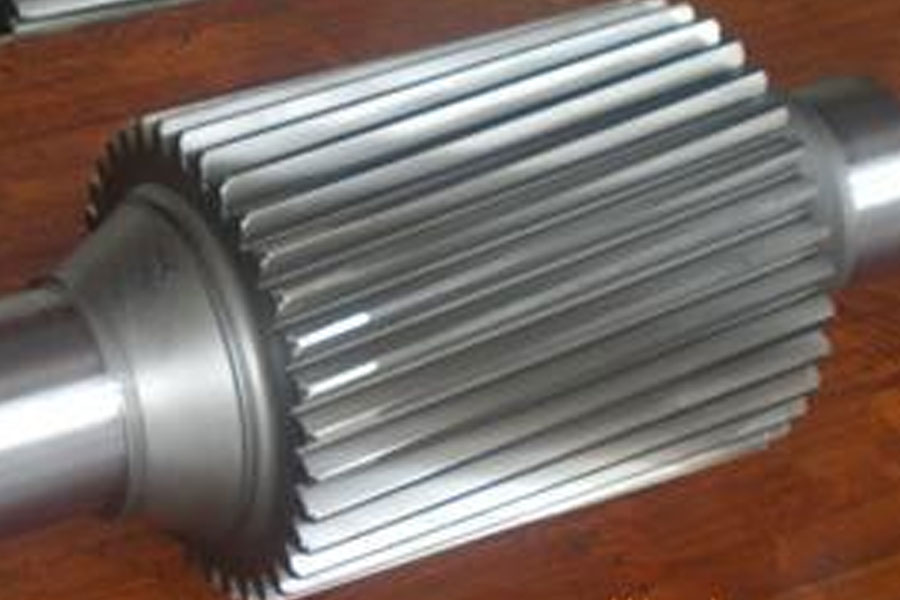The sheet metal stamping process is suitable for stamping, blanking and wiping cabinet structures, such as silent cabinets and power distribution cabinets. Punches: Different tonnage punches should be selected according to the punching pressure of the workpiece. Used molds must be checked before use. After the sheet metal machining is completed, how to clean the surface of the part? The sheet metal machining manufacturer will introduce it to you.
Strictly perform the first inspection, intermediate inspection and tail inspection; the workpiece machining dimensions should be inspected according to drawings or technical documents; the edges of the punching hole must not be stretched or bent, and the burr height must not exceed 10% to 15% of the material thickness;
The sheet metal machining plant tells everyone that the safety and reliability of the mechanical and electrical properties of the test are tested; the parts to be processed are processed after the previous process inspection; the technical requirements should be clarified before machining, and the incoming materials should be checked for errors; according to the machining requirements Select the corresponding mold; point the punch slider to the top dead point, insert the upper module into the groove of the slider mold, and lay it flat; tighten the screws and the top wire, there should be no gap between the upper module and the bottom of the slider ;
After cleaning the oily iron filings, wipe the bed cleanly and place the lower module on the punching table; gently push the drive or handwheel big wheel, and push the slider to the bottom dead point to enter the lower die, and adjust the height of the connecting rod . The sheet metal machining manufacturer tells everyone that the mold stroke is appropriate; adjust the mold clearance to ensure that the surrounding clearance is consistent; the lower plate is flattened under pressure, the horn height is equal to the bottom template, and the fixing point is symmetrical; lock the link and check whether the mold is loose; proceed Test filling, check whether the cross-section is neat and uniform; adjust the plate according to the size requirements, set the vertical reference (front and back) and horizontal reference (left and right); understand that the material should be tight with the plate during machining, and placed flat in the bottom mold When stamping and painting, pay attention to the machining direction to avoid errors; finished parts should be sorted and neatly placed and marked.
